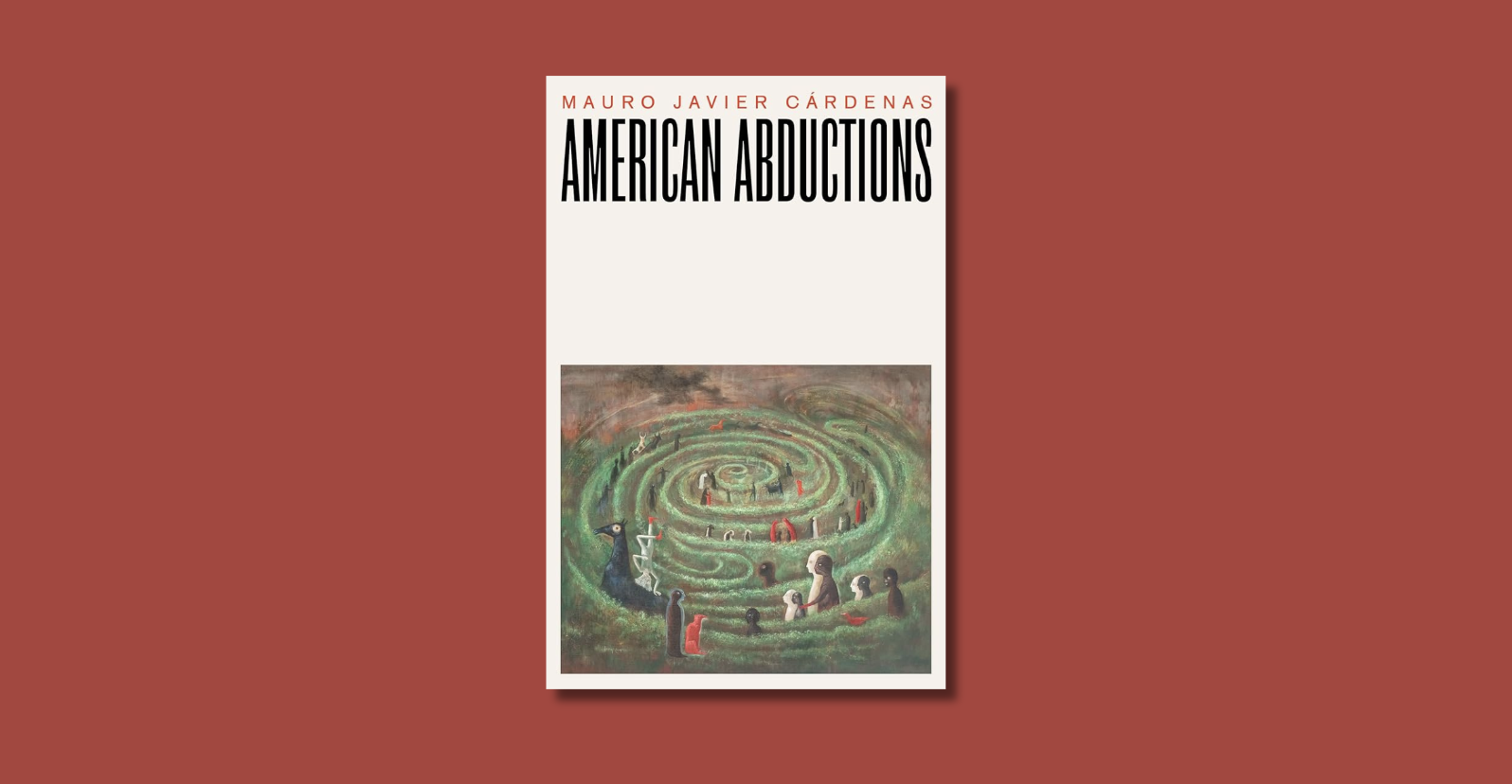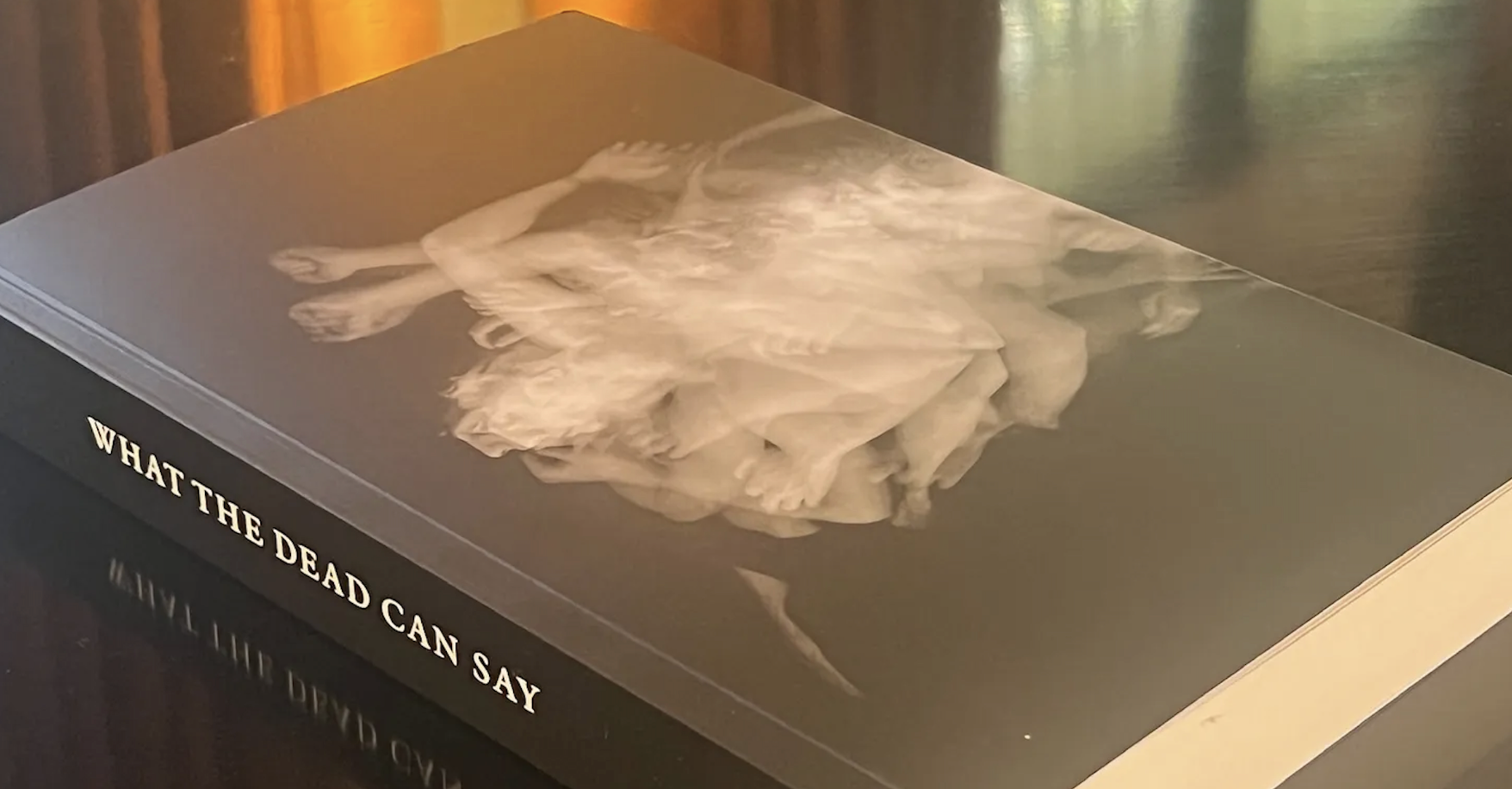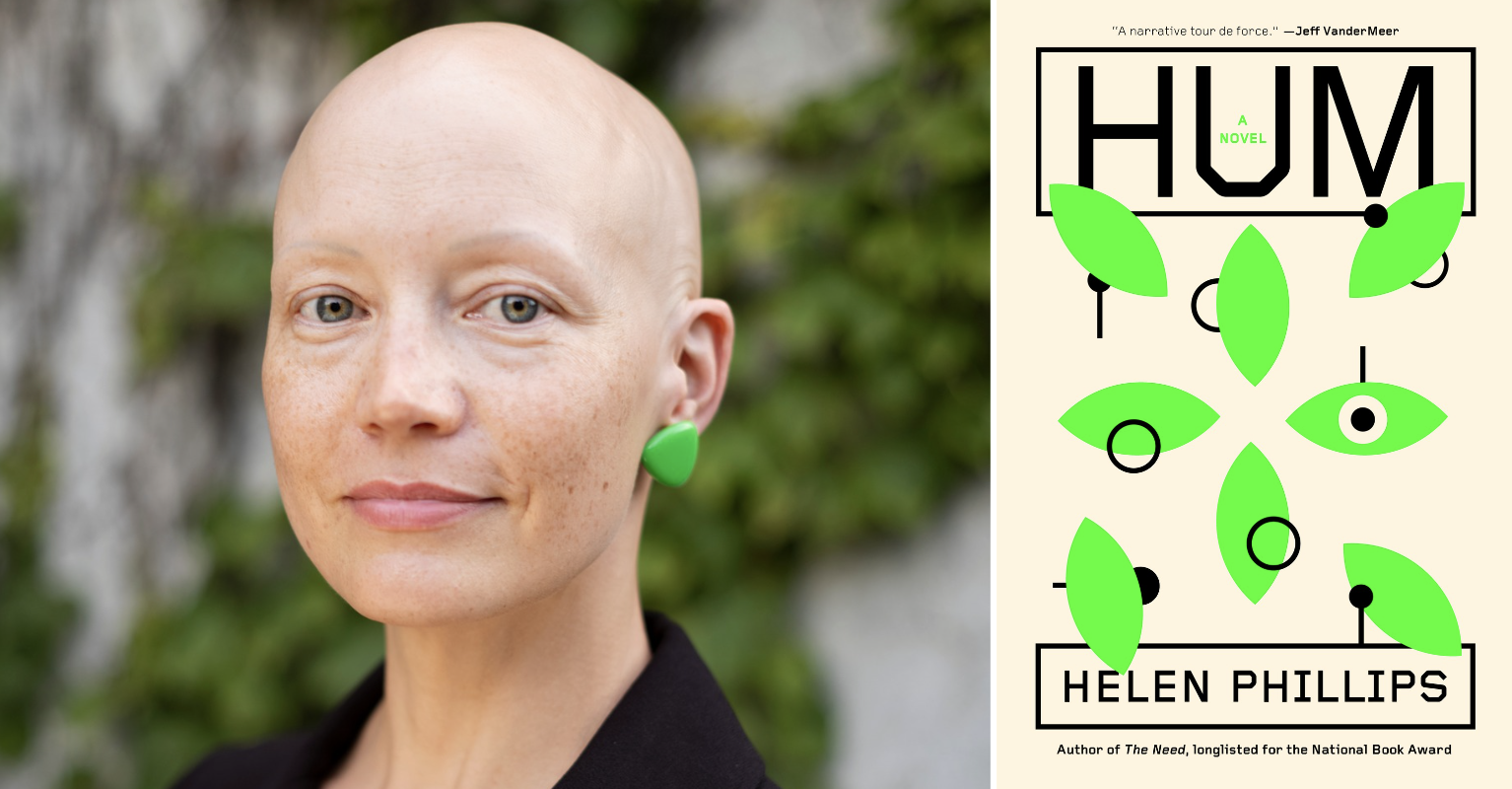Victor Frankenstein stands listening to his creation, the creature who he brought to life from the sewed-together remnants of the dead, who he abandoned at the height of his success, and who now asks his father to remedy his rejection buy building him a companion like himself. The creature says:
I demand a creature of another sex, but as hideous as myself: the gratification is small, but it is all that I can receive, and it shall content me. It is true, we shall be monsters, cut off from all the world; but on that account we shall be more attached to one another. Our lives will not be happy, but they will be harmless, and free from the misery I now feel.
Among other things, Mary Shelley’s Frankenstein is an exploration of how one creates a monster. It is clear throughout the novel that he is not a monster because he was sewn together from the desiccated scraps of the dead, but because everyone who saw him said that he was so. It is a monstrosity carved into the creature’s psyche by rejection, forced upon him as the only refuge of the utterly banished.
And it is probably for this reason that the novel and its exploration of monstrosity have long been a potent symbol for trans people and their advocates, who have often explicitly sought to reclaim the slur for themselves. The gender theorist and University of Arizona professor Susan Stryker most notably did so in her 1994 essay “My Words to Victor Frankenstein Above the Village of Chamounix,” writing provocatively, “I will say this as bluntly as I know how: I am a transsexual, and therefore I am a monster.”
But more important here, Stryker makes another observation that readers of Frankenstein will appreciate. “The transsexual body,” she says, “is an unnatural body. It is the product of medical science. It is a technological construction.”
And what technology it is! Roughly a decade and a half since Stryker’s article, medical science has begun to provide trans people seeking gender affirmation surgery with once unimaginable options. Just a few months ago the first recipient of a uterus transplant in the United States gave birth, and scientists have had recent successes growing penises in a lab.
These developments have obvious benefits for many trans people. Though not all trans people seek or want such surgeries, those who do could benefit immensely. They are also genuine scientific marvels. Making an artificial penis, for example, is a demanding process, that involves weaving together multiple overlapping tissue types to form a highly complex organ. Using a collagen scaffold taken from a donor, the doctors grow the new tissue from samples from the patient, resulting in a functional penis that will not be rejected from the recipient’s immune system. It is an impressive achievement.
However, these advances seem rarely to be made with trans people in mind. Indeed, the articles linked above don’t even mention them. If trans people benefit, it is often as an afterthought. The narrative of scientific triumph seems to pass them by.
It passes by Victor Frankenstein as well, and his monster too. It is often hard to remember that, by his own standard, Frankenstein’s experiments were a complete success. As he says of his ambition in discovering the secret of life, “a new species would bless me as its creator and source…No father could claim the gratitude of his child as completely as I should deserve theirs.”
Not just one creature, but a whole lineage of them, all stemming from Frankenstein alone.
Yet when the monster visits, calling for his father, Frankenstein scorns him. And when the monster asks for a female companion, Frankenstein, now terrified that “a race of devils would be propagated upon the earth,” tears the new creature apart. After his great triumph early in the novel, Frankenstein spends the rest of the story deftly crafting failure from success. So thorough is his hatred of his son that he cannot recognize his own achievement.
We should ask then, “what is a monster?” And what does monstrosity have to do with the half-exclusion of trans people from science—the scientific moulding of their bodies coupled with their identities’ omission from the story science tells itself?
Etymology isn’t destiny, but sometimes it’s useful to check, and according to the OED entry for “monster” the word comes from Latin, monēre, which means “to warn.” As the classicist Gregory A. Staley writes, the Roman religion considered “monstrous” that which was “unnatural and abnormal” and which “both shocks and calls for interpretation.”
“Unnatural” is a slippery term, often applied more from disgust and confusion than any rational basis. Frankenstein’s monster is arguably unnatural, yet he exhibits far more compassion and kindness than his creator does, until driven at last by humanity’s rejection towards violence. Trans people, meanwhile, often describe their desire to transition as though it were the most natural thing in the world, yet bigots often invoke their supposed monstrosity to further marginalize them.
It might be “natural” for a cis woman to get a womb transplant to solve her infertility, but a trans woman asking for the same thing warrants nary a mention in the press. The distinction here was not created in a lab, but in people’s thoughts and deeds. It is itself unnatural.
Trans monstrosity—when not being consciously appropriated by trans people themselves—appears then as a warning: Thou shalt not defy thine gender role. As a recent study has shown, opposition to trans rights correlates strongly with attachment to a rigid gender binary. The admixture of genders, the sewing together of apparently discordant parts, threatens these divisions. And so for the binary’s protection, trans people (when not being ridiculed) must be pushed away.
As the scholar and artist Sandy Stone writes in her famous “Post-Transsexual Manifesto,” passing (or appearing cisgender) “means the denial of mixture. One and the same with passing is the effacement of the prior gender role.”
As Stryker says, the “unnaturalness” of the trans body is a technical, Frankensteinian construction—not only of drugs and surgery, but of dress, mannerism, voice, a thousand ways to be one’s self. A trans person might pass out of genuine desire, or from fear, as troubling an onlooker’s naive binary can often come with a death sentence. Or if not that, perhaps the loss of a job, humiliation in a public washroom, ridicule and threats on the street—societal expulsion by a thousand cuts.
 Far from being party to science’s triumphalism, trans people instead enter the narrative as problems to be solved. The constant judgement placed upon them, the way even their most basic needs become a matter of public debate, encourages them to re-closet themselves, to pass for cis and hide their backgrounds simply out of fear.
Far from being party to science’s triumphalism, trans people instead enter the narrative as problems to be solved. The constant judgement placed upon them, the way even their most basic needs become a matter of public debate, encourages them to re-closet themselves, to pass for cis and hide their backgrounds simply out of fear.
Queer theorists–most famously Lee Edelman – often speak of LGBT people as having “no future,” in that their rejection of heteronormativity removes them from the standard narrative of sexual reproduction. The basic story of growing up, getting married, and having kids of your own becomes much more complicated when gay men and lesbians are involved. It might be something queer people do, but not what society at large expects of them. The rhetoric of “reproductive futurity” simply breaks down.
Trans people, on the other hand, have long had their own narrative of the future: after coming out they are expected to change their names, their clothes, their pronouns, maybe start hormones, maybe get surgery. At the end of the line, they all pass for cis, and their past lives simply disappear. The fact of having transitioned becomes taboo. It is not futures they lack, but pasts.
Undoubtedly for many trans people the effacement of the past reflects a genuine desire, but it is not something that all would freely choose. And it becomes a problem when pastlessness transforms into a general expectation, when the world at large decides that this is what transitioning ought to be. It is a recipe for exclusion, and for the suppression of monstrosity. Pastlessness preserves the gender binary at the expense of those it harms the most and dismantles the relationship between trans people and the science on which they depend.
“Claiming humanity in my monstrosity as a transsexual,” writes the gender theorist and sociologist Sonny Nordmarken, “I make my monstrosity human.” And it is the humanity within monstrosity that lies at the heart of Frankenstein, and in its most troubling and subversive scene.
The monster, having chased Frankenstein to the arctic and come across his corpse, declares that he now plans to kill himself by building a giant funeral pyre so that he may “exult in the agony of the torturing flames.” Yet we do not see this agony. Instead, he simply leaps from a window, bounding into the ice and cold of the unknown. We have no idea what happens to him. This lack of future, the gaping ellipsis following the recitation of his past, makes him irresolvable. He is both dead and alive, both monstrous and human. He is deathly indeterminate.
After all that we have read, he denies us resolution and refuses us simplicity. Terrorizing our distinctions, he leaves us to deal with his strangeness as simply another aspect of the world —as natural as the ice he floats on, as much a part of our society as the book he’s in.









